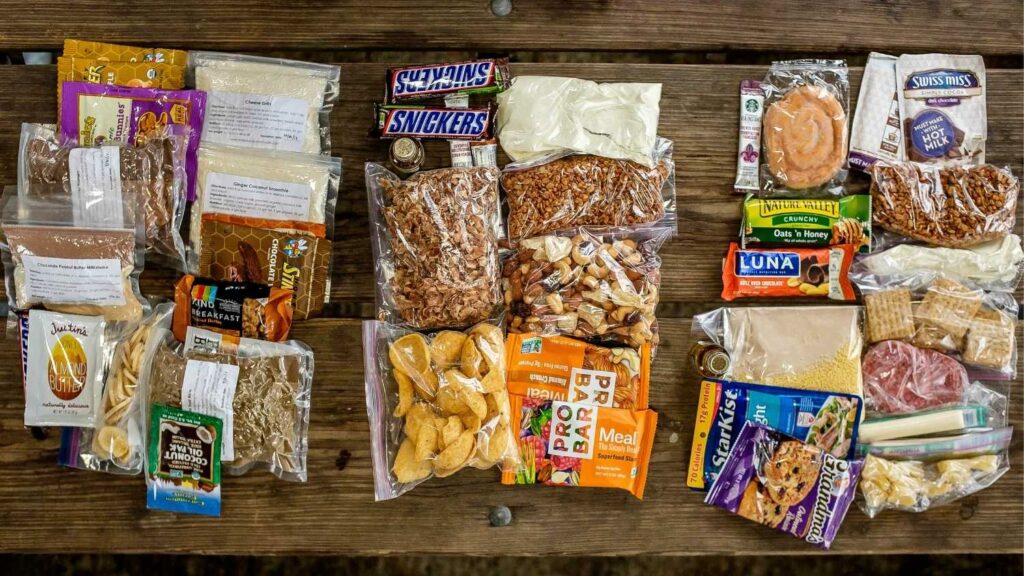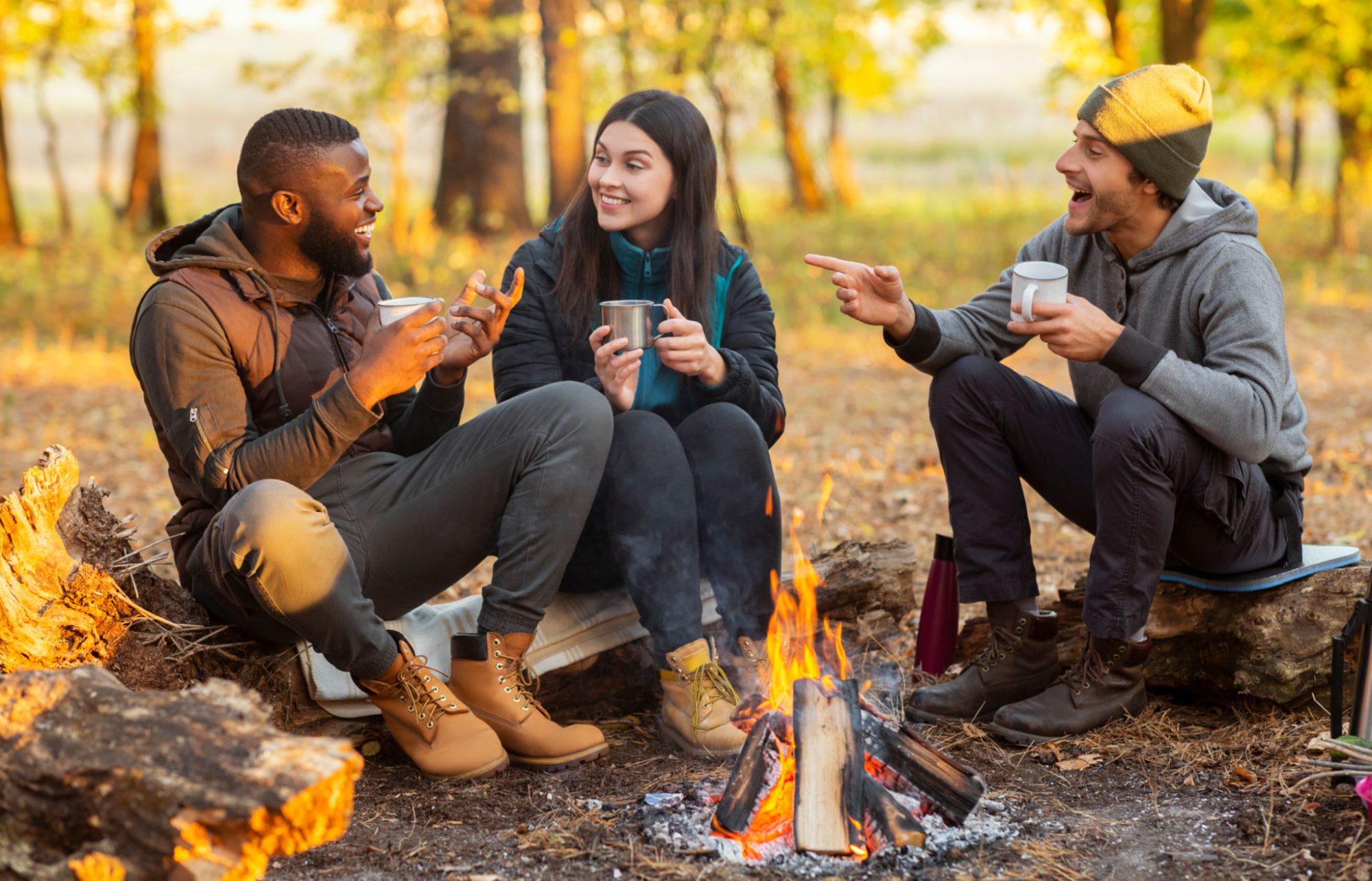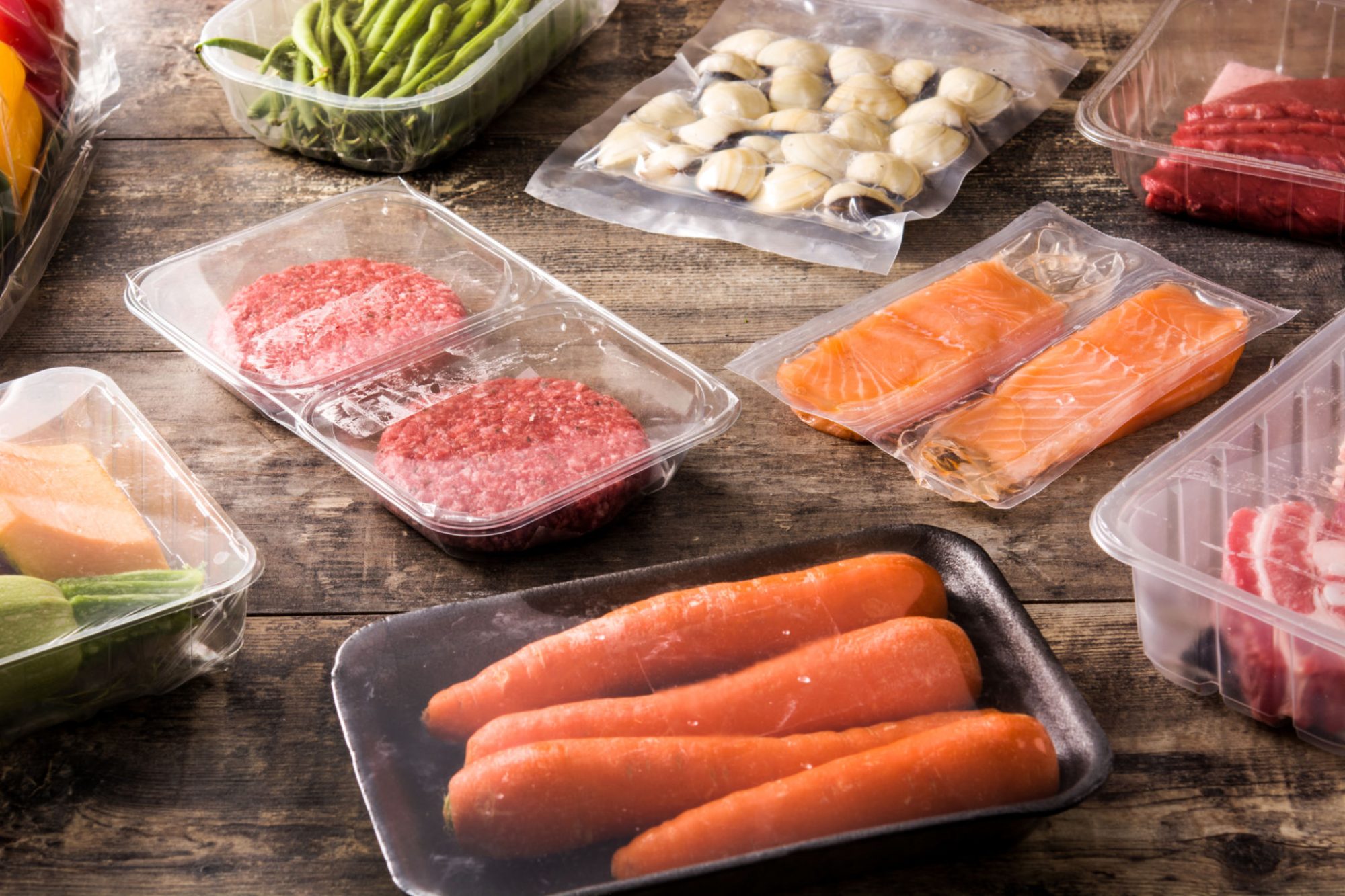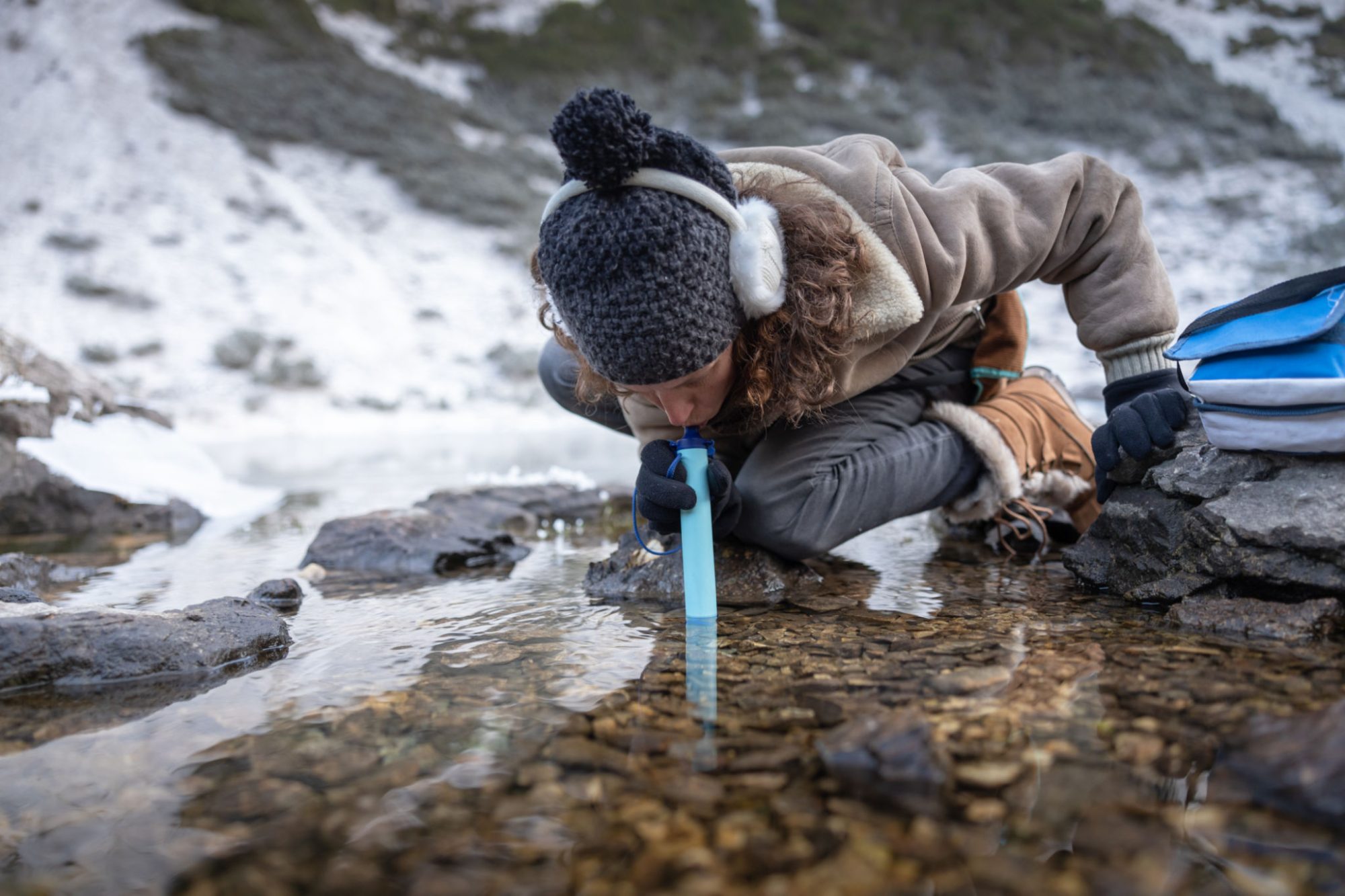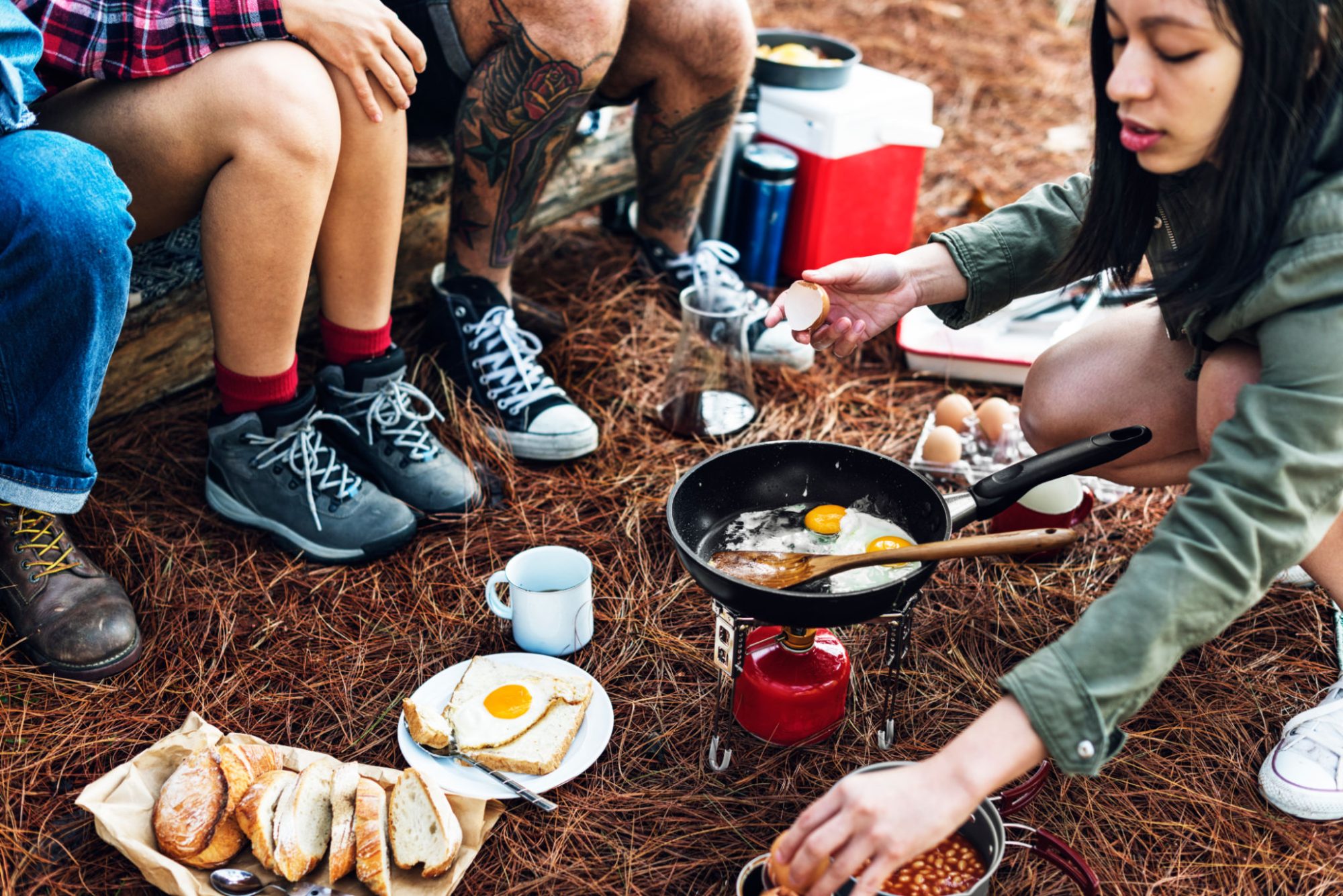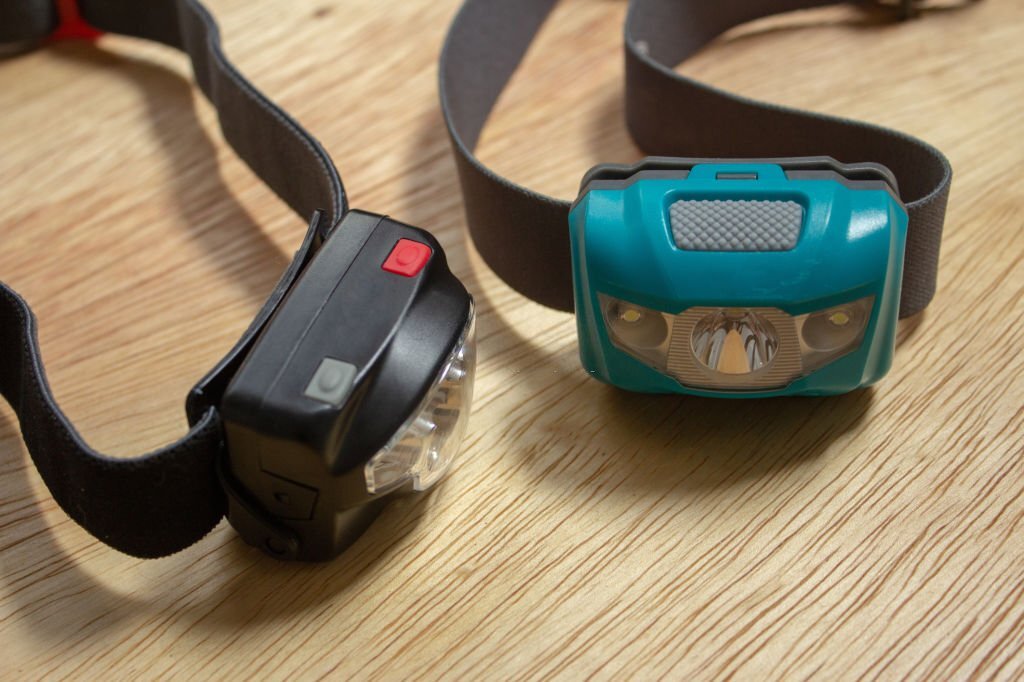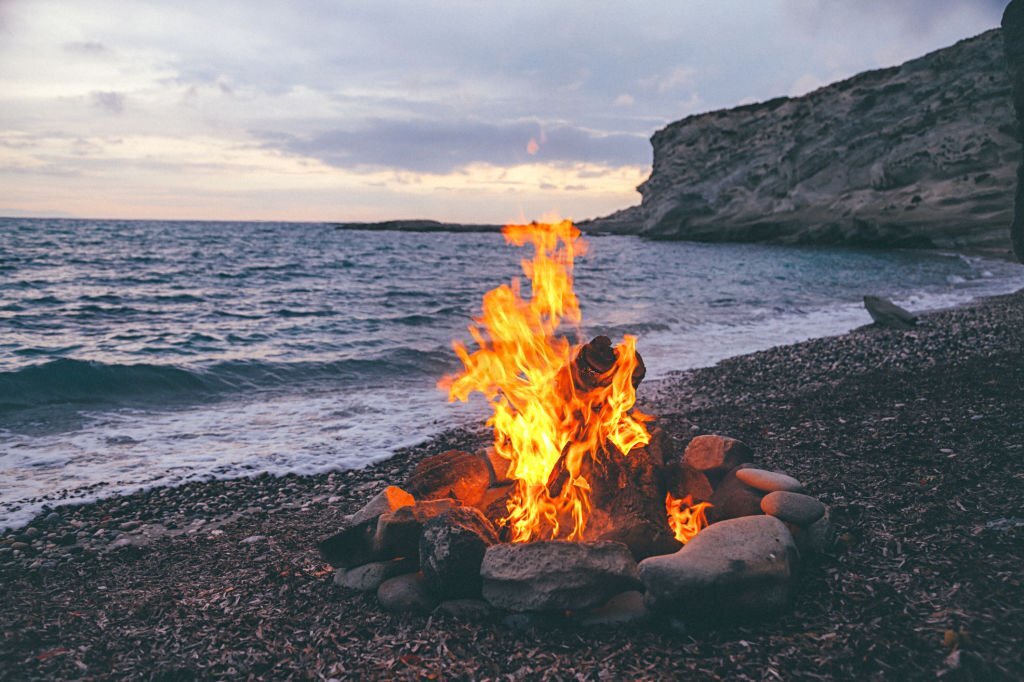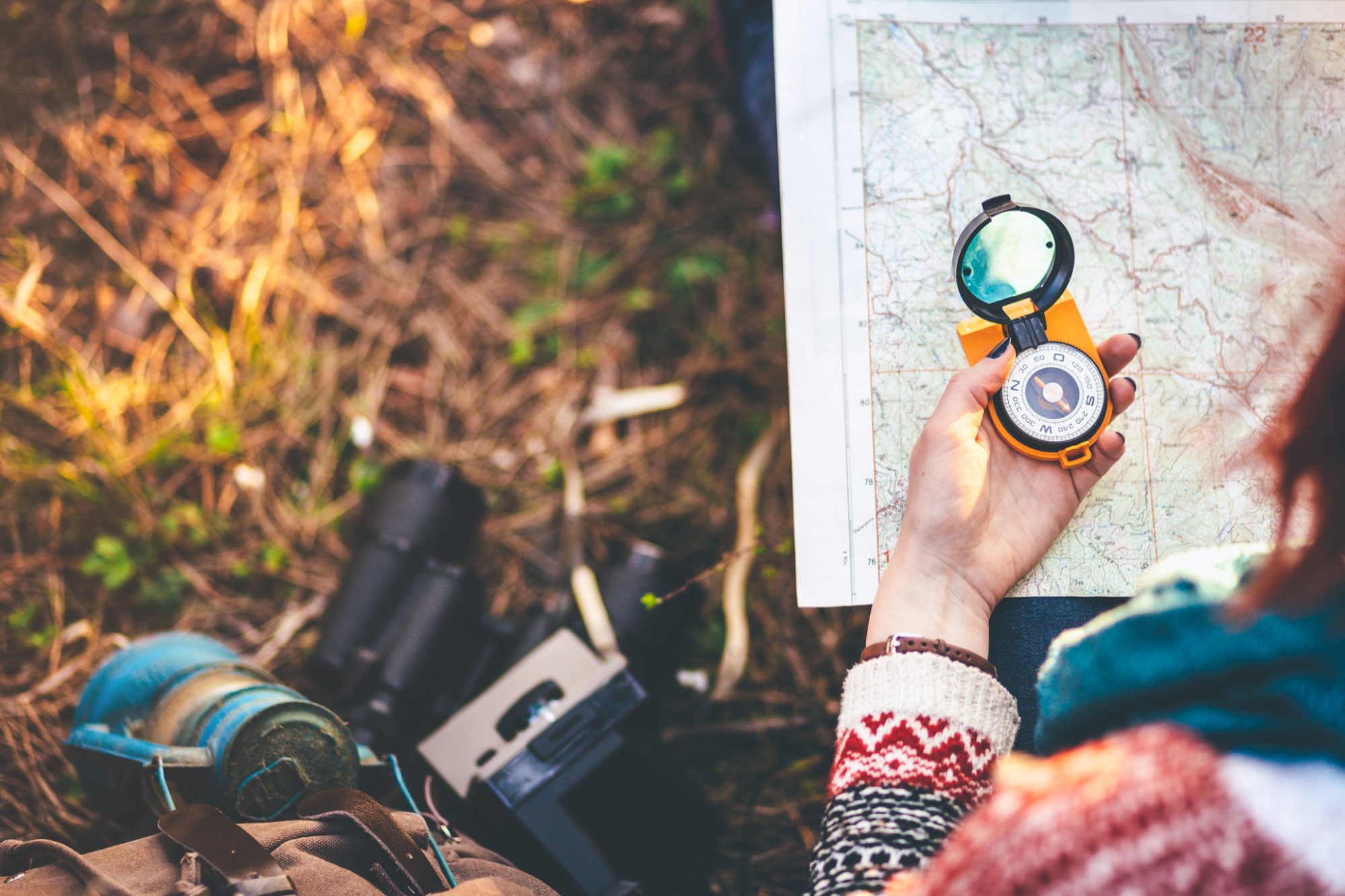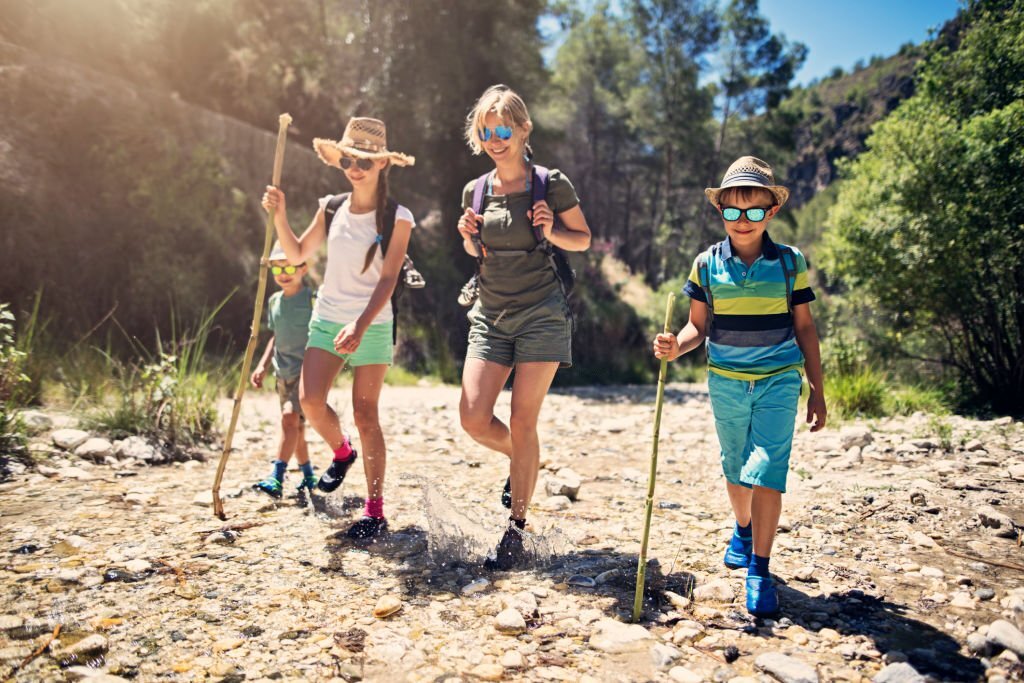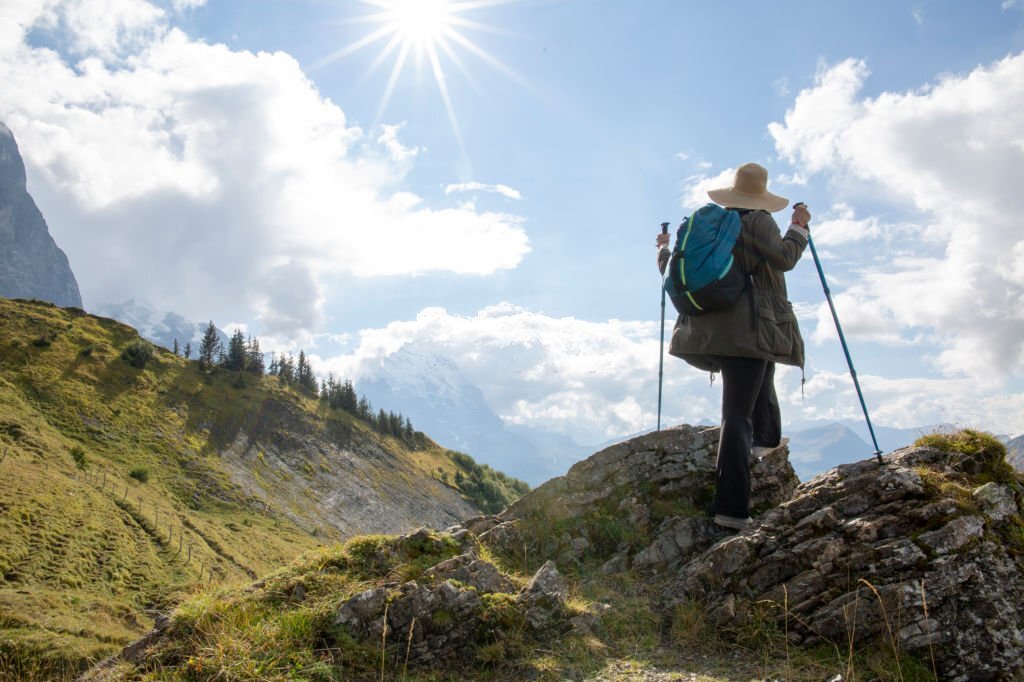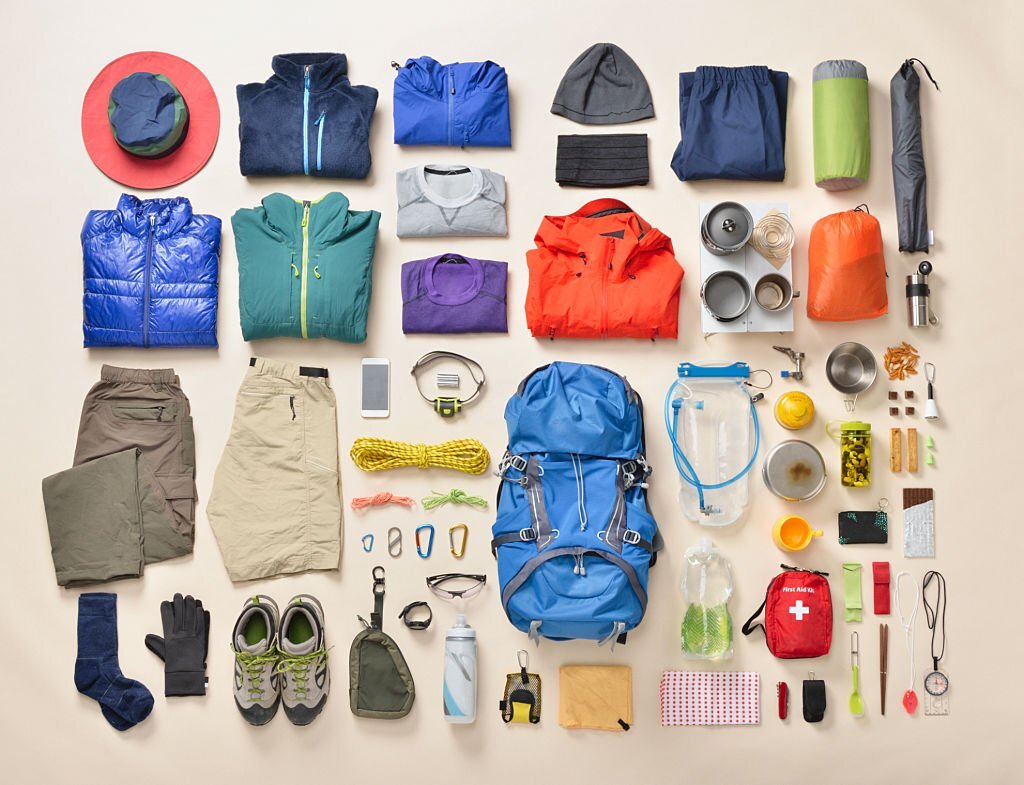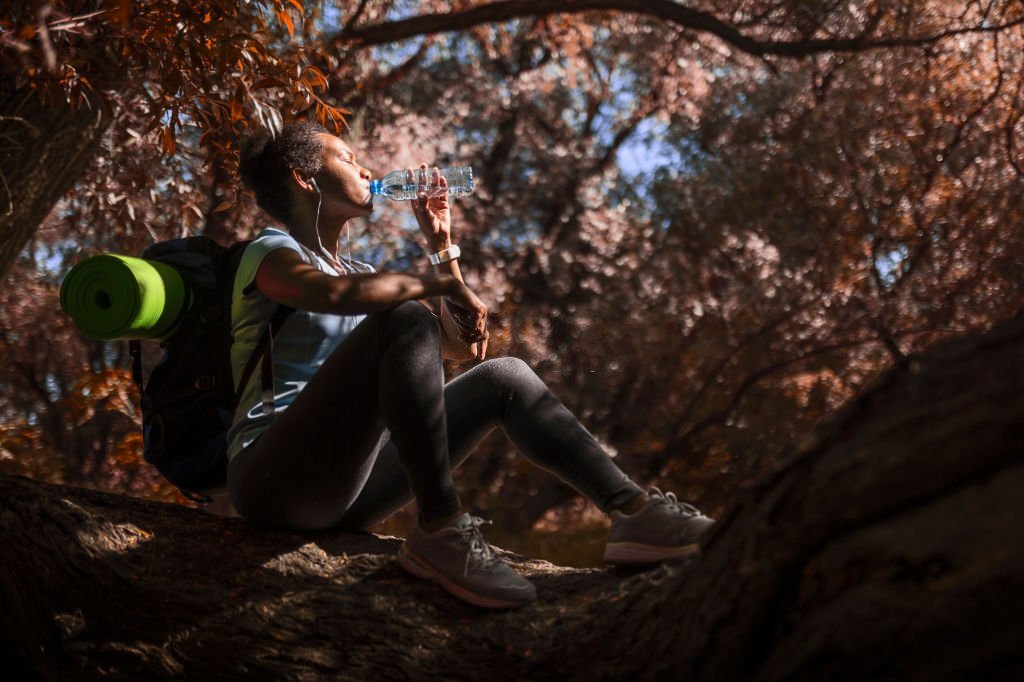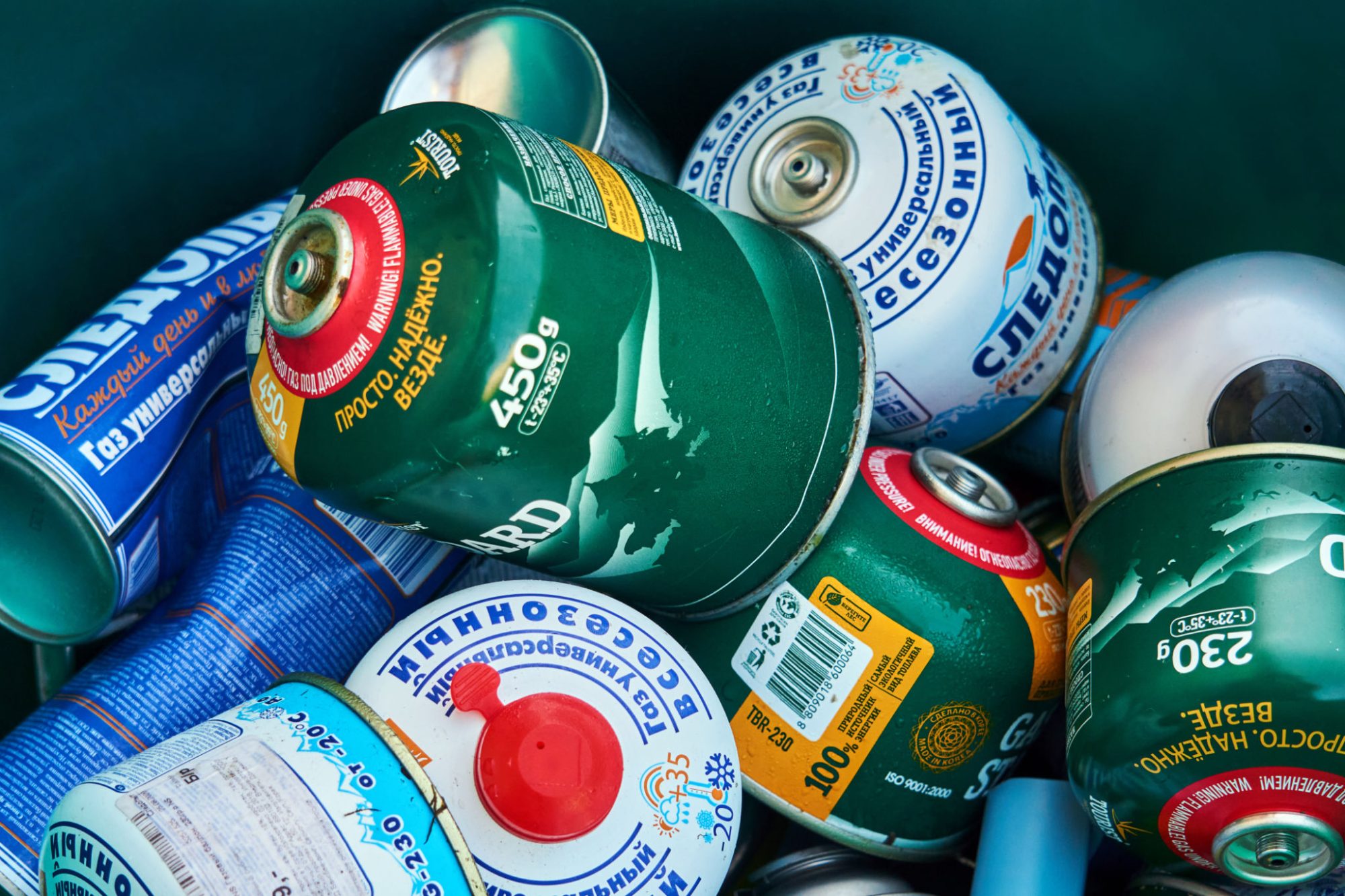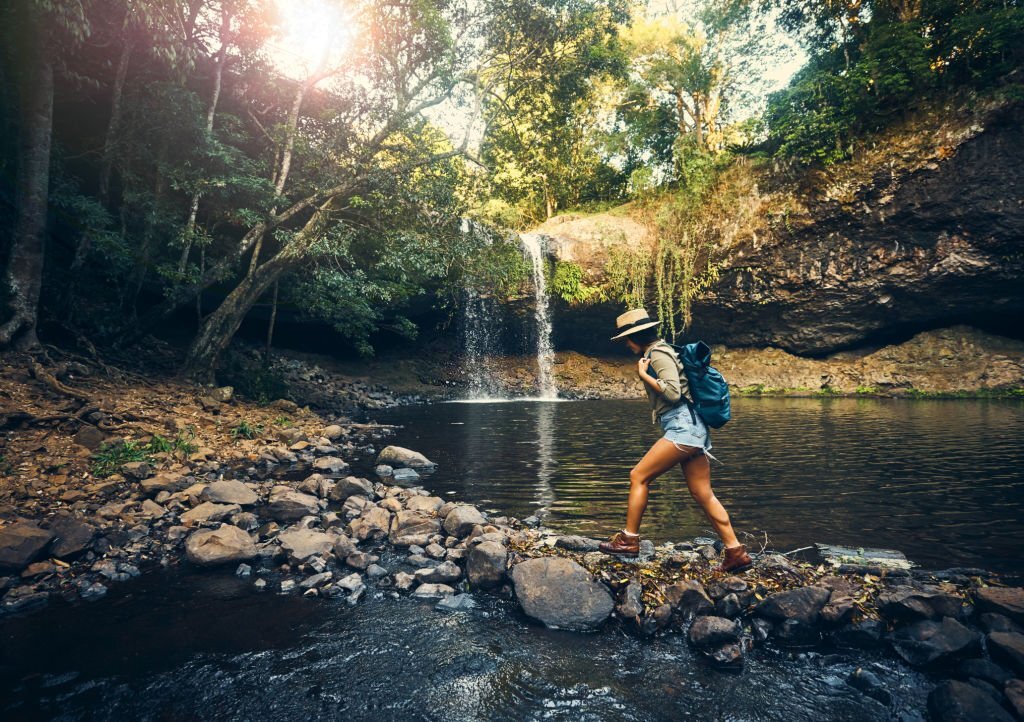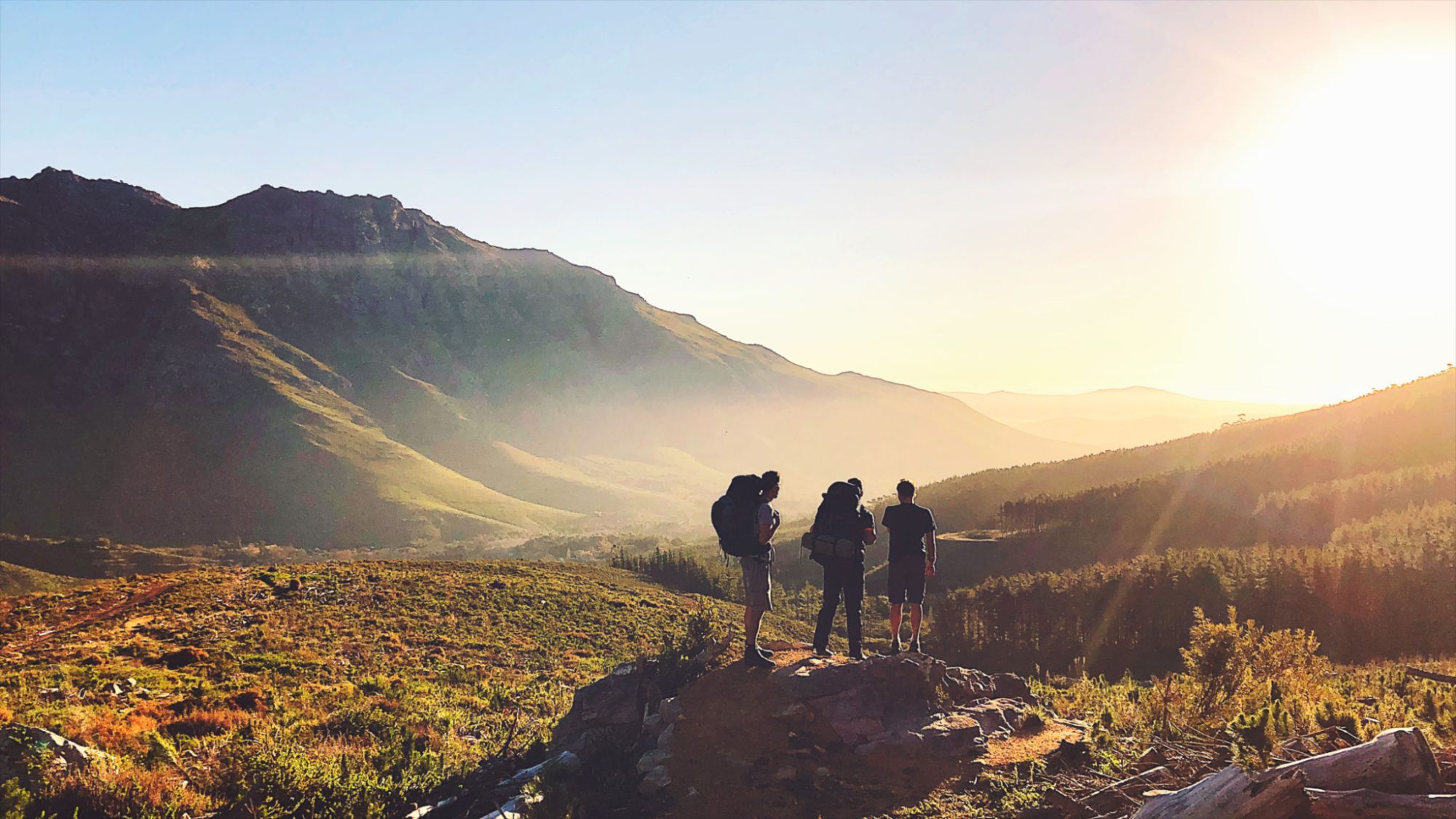HIKING THE EPIC AMATOLA TRAIL – South Africa’s Most Challenging Trail
One of the most remarkable aspects of our journey was the ever-changing landscapes. From dense forests to open vistas, from cascading waterfalls to towering peaks, each day brought new wonders to behold. The transition from the lush Enchanted Forest to the expansive Tyume River basin felt like stepping into a different world altogether, a testament to the incredible diversity of the Eastern Cape's natural beauty.
Backpacking Food Hacks to Keep You Eating Well Anywhere
Reward yourself on your first day out with a delicious milkshake. Just grab a pint of ice cream right before you start hiking, seal it in a bag, wrap it with an insulating layer, and in a few hours, open it up and enjoy.
How to Choose a Water Filter or Purifier
Water purifiers also combat viruses, which are too tiny for most filters to effectively catch. If you’re traveling in less-developed areas of the world, consider products that also provide protection from viruses (such as hepatitis A, rotavirus, and norovirus).
Eating Right while Hiking and Camping
After a few days in the backcountry, it seemed as if food became less about sustenance and more an obsession. Upon reaching a fellow hiker, a common question became: “What are you eating?” In town, many of us headed straight to the junk food aisle to pick up sugary pastries, pizza, and ice cream.
Meal Planning for Ultralight Backpacking
To lighten your food load and still get the calories and nutrition you need to maintain your stamina on the trail, aim for nutritious foods that are high in calories relative to weight and volume. Choose foods that provide at least 100 calories per ounce—125 calories or more per ounce is even better.
How to Treat Water while Hiking or Camping
After heavy rain, wait before gathering water for treatment. When streams are on the rise, rain has washed surface material into them, as well as lakes and other water sources. This increases bacterial loads and muddies up gathered water.
Backpacking Food Ideas & Meal Planning
You can take most foods backpacking, but it’s best to stick with foods that are portable, lightweight, and not too bulky. Fortunately, there are ways to take backpacking versions of your favorite meal—from burrito bowls to tuna noodle casserole—whether you dehydrate the meal at home, buy ready-to-eat dehydrated meals that only require adding hot water, or assemble your meal from a mixture of fresh and dry ingredients.
How to Choose Headlamps
Headlamps today use LEDs almost exclusively as their light source. LEDs are rugged, energy-efficient, and long-lasting.
How to Choose Between a PLB and a Satellite Messenger
PLBs and satellite messengers are your two best options for sending distress signals when on an outdoor adventure.
How to Build a Campfire
Build fires only in designated fire rings, grills, or fireplaces. Most developed campgrounds have some version of these. Using a fire ring will lessen your impact and keep your fire contained.
How to Use a Compass
Why not rely exclusively on a phone or GPS receiver? Because batteries can die and gadgets can malfunction. A compass relies only on Earth's magnetic fields. If you don’t have one yet, read How to Choose a Compass.
How to Choose Sunglasses
Sunglasses protect your eyes from harmful ultraviolet (UV) rays, reduce eyestrain in bright conditions and protect you from flying debris and other hazards.
How to Choose Sun-Protection (UPF) Clothing
Choosing clothing that has been designed for sun protection and tested to confirm its Ultraviolet Protection Factor (UPF) will give you greater control over your total level of UV exposure.
How to Choose Travel Clothing
Fabrics should breathe well, wick moisture away from your skin, and dry quickly. Cotton, while OK for casual wear, is generally less suited for traveling than the fabrics listed below.
How to Choose First Aid Kits
Even if you pack only a small first-aid kit, you’ll have a great resource for treating minor issues and for preventing them from becoming major ones. Managing aches and pains also makes any trip more enjoyable.
How to Choose and Use Sunscreen
Sun rays contain ultraviolet (UV) radiation, the source of sunburn, premature skin aging, and skin cancer, which more of us get than all other cancers combined.
The Ten Essentials for Hiking & Camping
Back then, the list included a map, compass, sunglasses and sunscreen, extra clothing, headlamp/flashlight, first-aid supplies, fire starter, matches, knife, and extra food. Over the years, the list has evolved to a “systems” approach rather than including individual items. Here’s what it looks like today:
How to Stay Hydrated on the Trail
A good general recommendation is about one half-liter of water per hour of moderate activity in moderate temperatures. You may need to increase how much you drink as the temperature and intensity of the activity rise.
How Much Stove Fuel Do I Need for a Backpacking Trip?
For a solo weekend backpacking trip, a small 100g canister of stove fuel is often enough. As a general guide, you should bring enough fuel to boil one liter of water per person, per meal and factor in your stove's boil time and total burn time. Read on to learn how to calculate your fuel needs.
Backpacking In Your Period
After the first time backpacking with your period, you’ll realize it’s no big deal. And you can rest easy that the old notion that bears are attracted to menstrual blood turns out to be a myth. With a little preparation and knowledge, you won’t have to think twice about heading into the backcountry at any time of the month
Wildfire Safety Tips for Outdoor Recreation
It’s not wise to dismiss smoke as simply a temporary irritant. Smoke is a complex brew of gases (some are toxic when a fire is close) and microscopic particles that scatter far and wide, and can penetrate deep into your lungs. Associated health problems range from temporary discomforts like burning eyes, runny nose, and wheezing to more serious long-term damage to your pulmonary system.
Backpacking Repair Kit Checklist
Small gear emergencies and inconveniences with these easy-to-carry repair supplies
How to Improve Your Hiking Techniques on South African Hiking Trails
Check your hiking boots and see if they’ve gone through much wear and tear that might make them unable to work as best as they could. Wearing hiking boots that aren’t durable will make it harder for you to go hiking.
How to Choose and Use a GPS
A handheld GPS receiver remains a valuable outdoor tool for hikers and other backcountry explorers.
How to Read a Topo Map
A magnetized compass and a paper map are part of the Ten Essentials.



